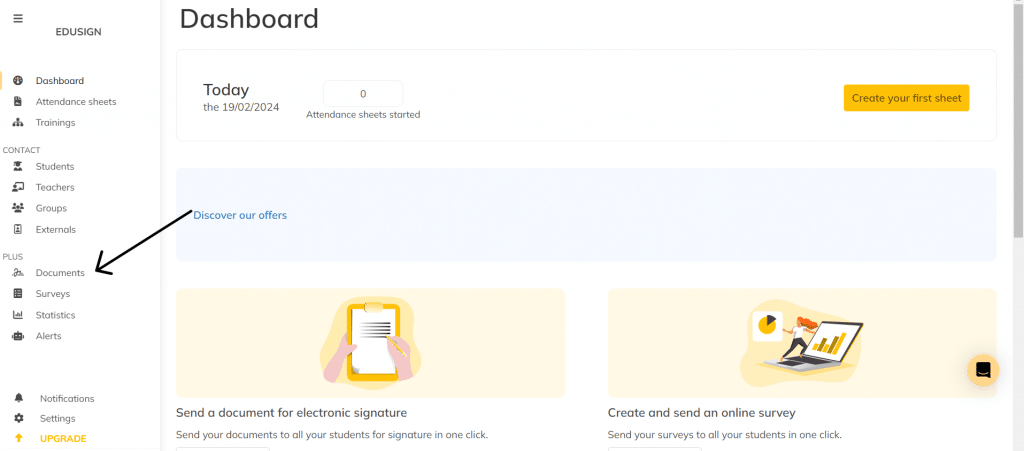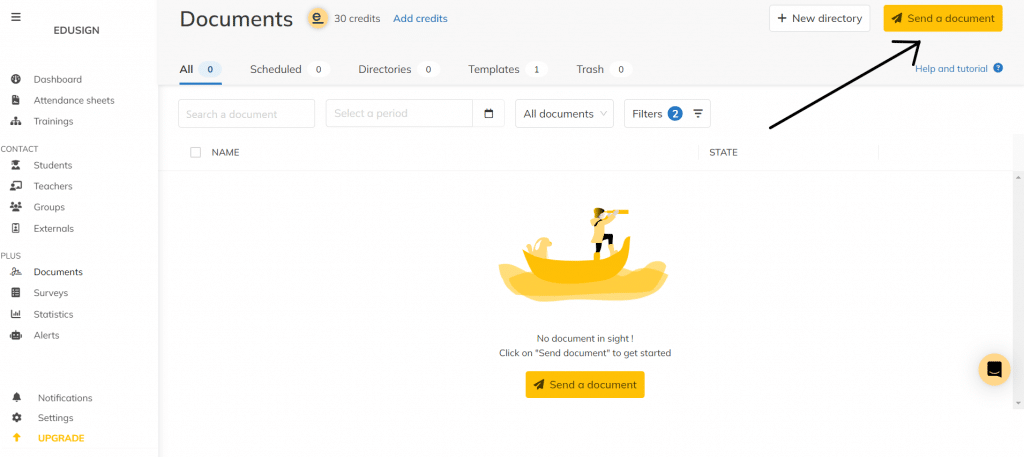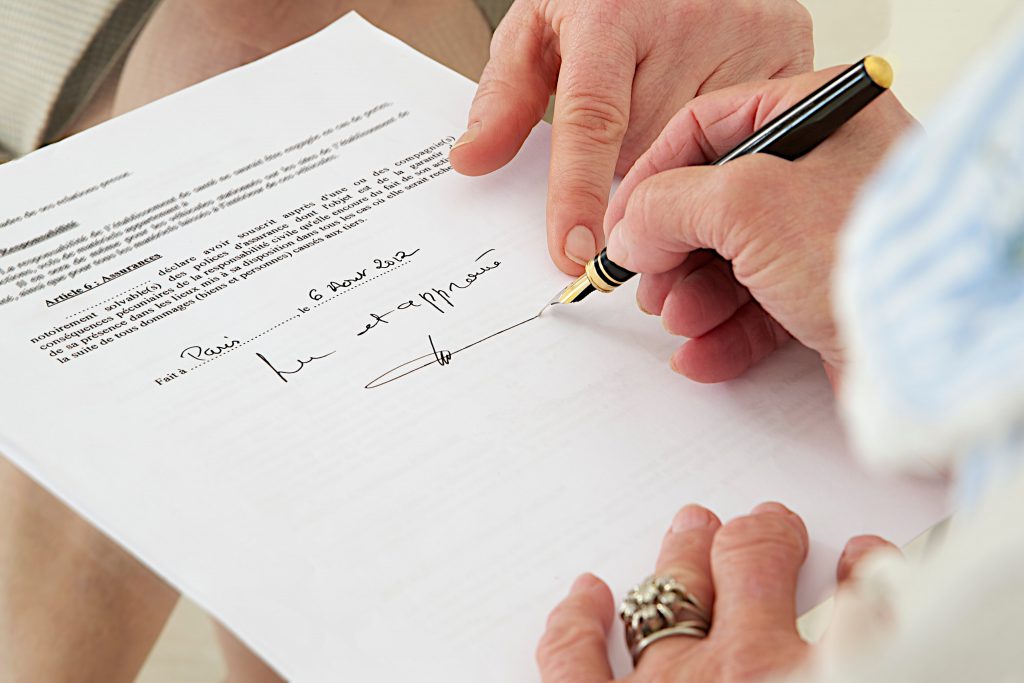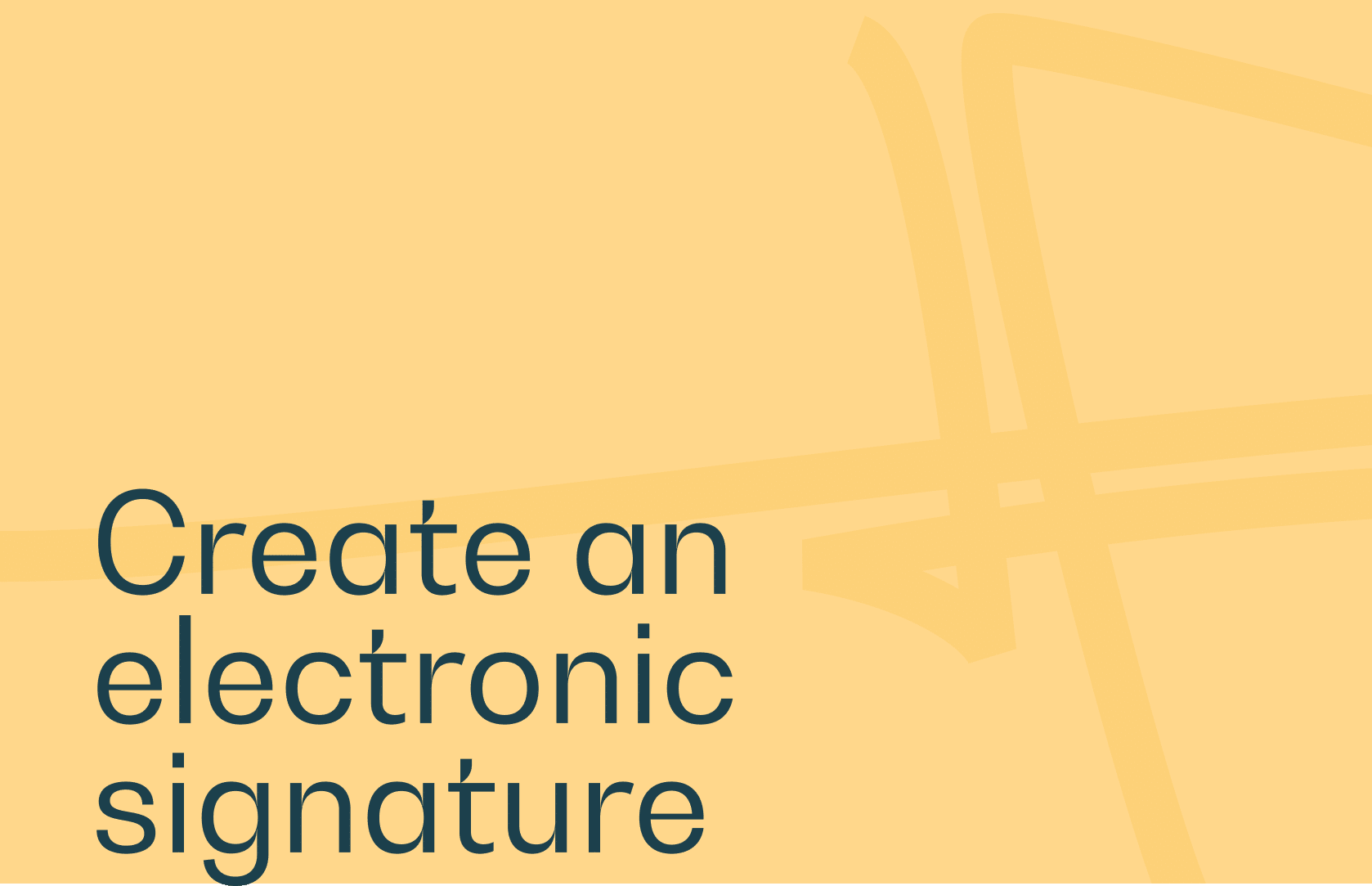Within the legal framework, the signature identifies and commits its author. It expresses consent to the obligations of the deed. But very often, and for a variety of reasons, the person destined to sign is unable to do so. What can be done in such cases? It’s important to know that there are two possible scenarios: signing by proxy or signing by order.
These two types of signature differ not only in their context, but also in their legal value. Less restrictive, the signature by order remains the most practical. But its legal scope is not always reliable. Hence the emergence of a new type of signature: the electronic signature.
What is a signature to order?
Signing to order consists in having a document signed by someone other than the person who is required to do so. It is generally done when the person who has the authority to do so is not present or unable to sign.
It is important to note, however, that it is not a question of imitating the signature of the person who must sign. It’s simply a matter of affixing your own signature in place of theirs. You must have been instructed and authorized to do so.
Signed by P.O., a signature by order is a delegation of signature. It binds the person who has given the order or approval. The document signed by PO has the value of a document signed and authenticated by the person who has the authority to do so. The PO signature does not bind the person who signed for the order.
Sign remotely with an electronic signature
While signing for orders is practical, it can also be legally restrictive. It requires an authentication process and administrative steps upstream.
In some official documents, it may have no legal value. And yet, this has a number of consequences for the company’s operations: delays in processes, lost opportunities, and so on. Hence the need to find a better alternative: the electronic signature.
How do I sign for an order on digital software?
In this section, we’ll look at how to sign for order with a digital solution like Edusign. If you haven’t registered yet, you can do so here.
- Go to a digital platform like Edusign and click on the “Documents” tab.

2. Click on “Send document”, or select a template.

3. Once you’ve chosen the document you want to sign, select “Text to be filled in”, and drag it over “Full name”. All that’s left is to mention “For [the person you’re signing for]”. You can then complete the document and download it.

When should I sign for an order?
Signing documents to order takes place most frequently in the business world.
When a company director is absent, his secretary or deputy signs a document in his place. In this case, the signature is made solely on behalf of the company.
Nevertheless, this can happen in many fields and on many media. The PO signature can be applied to letters, certificates, invoices, acknowledgements, contracts, leases, etc. PO signatures can also be used by associations and local authorities. Finally, it can also be used in a personal or family context.

Differences between signing by order and by proxy
Signature to order should not be confused with signature by proxy. Both involve giving someone the power to sign. However, their legal value is not the same.
Signing by proxy or P.P. is well defined. There is a legal framework for signing by proxy. In addition, the delegation of signature must be in writing and authenticated by the competent authorities. This constitutes irrefutable proof.
Signature by proxy gives the legal power to sign in place of another person. It can be used on legal or administrative documents.
Signing to order is very practical. It engages the responsibility of the person who gave the order. From a legal point of view, it is weak, as there is no legal proof to authenticate the order. Unless the person delegating the signature has done so in writing.
The P.O. signature cannot therefore be used on legal documents such as cheques or medical documents. For this, a power of attorney must be obtained.
If the P.O. signature becomes systematic, this written delegation will enable frequent use. It’s important to remember, however, that signing for orders should only be done occasionally and for a real reason. That’s why there is a time limit on their use.
Only the delegating signatory can set the duration. For example, if he or she is absent. It should also be noted that a person cannot sign for an order without having obtained authorization from the person delegating the order.
How do I sign for an order?
To sign in place of a person for an order on an official document, the signatory must write P.O. Then affix his signature. To authenticate the signature for order, the person designated to sign must write P.O. followed by his or her first and last name.
It is important to note that you must not sign in the place reserved for the recipient of the document. The order signature must be made at the bottom of the document.
Here’s a concrete example:
Mr Martin, Chairman and CEO
PO
Ms Lemaire, General Management Secretary or
Mr Dupont, General Vice President
Signature
What is an electronic signature?
An electronic signature is a form of signature that is signed using an electronic tool. Like all signature acts, it is used to authenticate or approve electronic and digital documents. Digitally signed documents have the same value as those signed by hand.
Practical and above all quick to implement, the electronic signature system is the best alternative in the event of the signatory’s absence. An electronic signature enables a document to be signed remotely. When the signatory is not physically present to affix a handwritten signature, an electronic signature is required.
Thanks to advances in technology and digital tools, it is now much easier to create an electronic signature. It’s also faster to sign a document.
How do I make an electronic signature?
Electronic signature goes beyond time and distance. In less than 5 minutes, certain documents can be validated. What’s more, the process is simple and efficient. There are two ways to do it:
- Make a manual signature on a blank sheet of paper. Scan the sheet and obtain a jpeg image file. Copy and paste this image signature onto electronic documents requiring signature.
This first procedure is easy enough, but a little shaky. Copy and paste is not always aesthetically reliable.
To this end, there are several types of tools available for signing documents online or creating a free signature. They enable you to create a digital signature, modify it and then save it in a variety of file formats.
Once the electronic signature has been created, all that’s left to do is save it to your workstation. Then use it whenever you need it. Be careful not to make it accessible to everyone. This could lead to misuse or illegal use.
Alternatively, some tools allow you to download the documents you need to sign, and sign them online in two or three minutes. All that’s left to do is send it back by e-mail, once the documents have been signed.
Take advantage of a 14-day free trial:
Optimize the integration of electronic signatures into your processes, specifically for order signatures, with ease thanks to Edusign!
What are the advantages of electronic signatures?
There are several advantages to using an electronic signature
- It facilitates remote document signing.
- It lets you sign papers or documents very quickly. It’s practical for urgent documents that need validation, contracts that are important to the company, etc.
- It avoids the need for PO or PP signatures, which often require a lot of red tape. What’s more, these types of signatures can give rise to breaches of trust, forgery and other risks.
- It avoids the use of forged signatures.
- It enables better management and prioritization of company documents.
- It enables documents to be signed in a totally legal and secure manner. Electronic signatures have a clear and precise legal framework. The European eIDAS regulation governs the use and admissibility of electronic signatures.
Indeed, if an electronic signature has been created on a legal tool, then it’s perfectly legal. But what’s more :
- It enables reliable identification of signatories and avoids the risk of disputes.
- It guarantees the integrity of the signed document.




